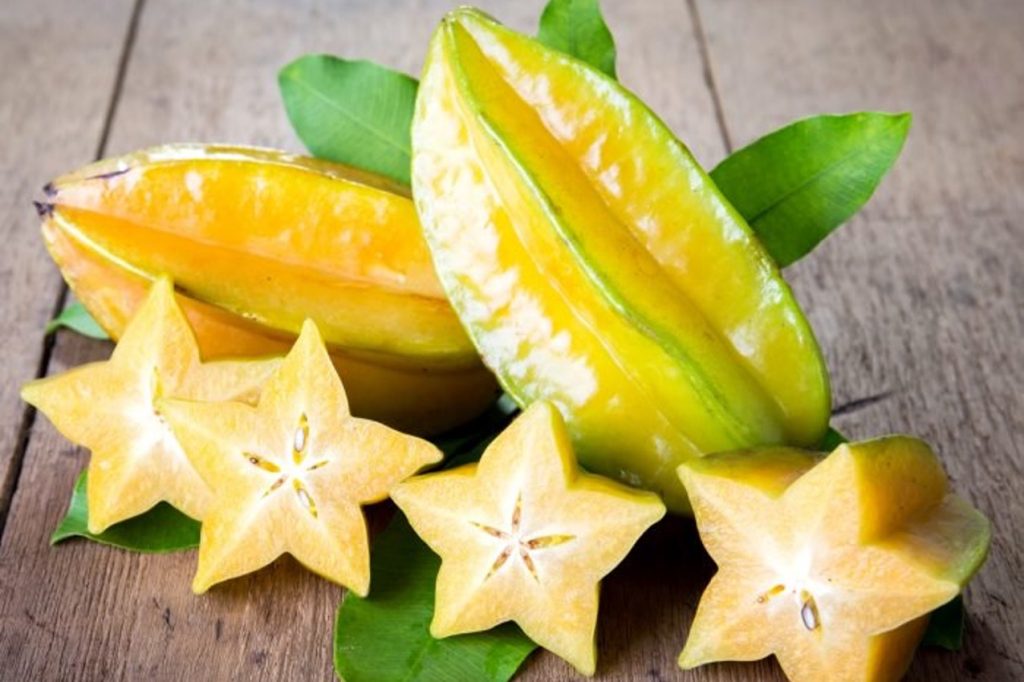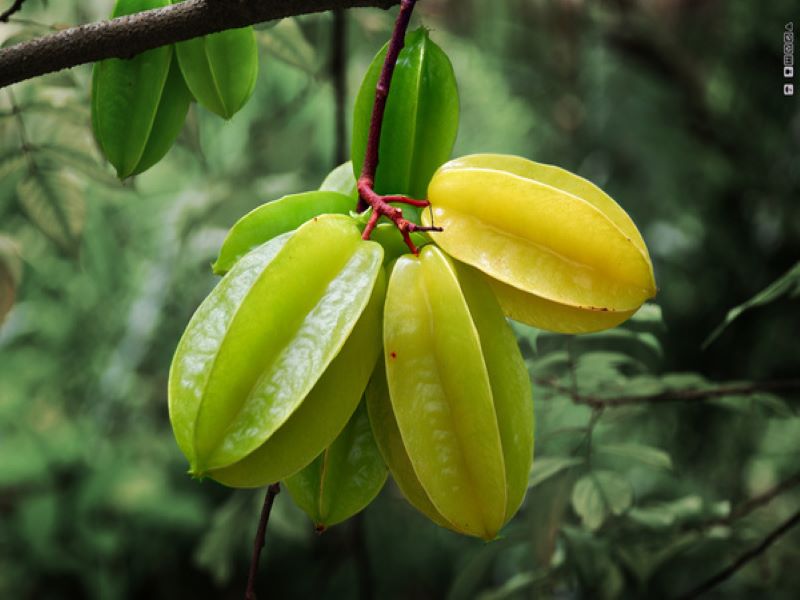Star fruit is a juicy tropical exotic fruit native to Malaysia, Indonesia and southern China. This fruit has oxalic acid in it; therefore, it is acidic. However, this can be a sour or sweet fruit based on variety. The star fruit tastes like a combination of apple, grapes & citrus flavours. This fruit has a crispy texture. Apart from this, you can eat fresh fruit and use it in salads. Star fruit is called “carambola”, a small tree with drooping branches producing golden yellow oval-shaped fruits. You can cultivate this fruit commercially, or it’s perfect for your backyard. Generally, this fruit shape is like a star with a ribbed structure measuring approximately 12 cm.
Star Fruit Farming Process in India
It is very easy and simple to start a star-fruits farming business both on a commercial and small scale. Star fruit trees generally require equipment, so you will probably be able to start and operate this business efficiently with the help of the best tractors and their attachments. However, you can choose the Preet tractor models and many other famous brand models. Here in this guide, we describe more details about star fruit cultivation, Essential information on planting, spacing, nutrition and much more.
Major Types/Varieties
Improved varieties are not cultivated in India, but star fruits of sweet type and sour type can be found. In addition, improved sweet varieties are available in Hawaii and Taiwan. Sweet fruits can be eaten fresh and used to pickle citrus fruits or as a substitute for tamarind.
Climate Requirement
Farmers grow the star fruit well in a warm climate with moist content. You can cultivate this fruit in India on the hills (up to 1,200m in height). Well-distributed rainfall throughout its growth would result in good quality and better yield.

Soil Requirement
You can cultivate the star fruit on a wide range of soils. However, good organic matter with deep soils is best for its cultivation and yield. Farmers can grow this fruit in both acidic and alkaline soils, but they prefer moderately acid soil in the 5.5 to 6.5 pH range. As you can grow these trees on calcareous soils, sometimes it demands zinc application.
Propagation in Star Fruit Farming
Budding, grafting, or layering is recommended, even though this tree is often propagated through seeds. The reason for this is to produce true types of plants. Seeds should be sown fresh as their viability is very low. You should keep the seeds dry and sow them in plastic bags so the seeds harden. You should transplant seedlings to the mainland. If rootstocks are to be used, ensure that the field is at least a year old for transplanting. Budding or grafting should be done on them.
Irrigation Requirement
Irrigate the star fruit plant immediately after planting it in the main field. Young plants may require frequent irrigation until established in the field. In long dry, and hot conditions, supply water as needed. It does not need irrigation during the rainy season. In the event of heavy rains or floods, be sure to provide good drainage as these trees are sensitive to waterlogging.
Pruning Conditions
To facilitate lateral growth, you should prune branches 3 feet tall within the first two years. Trimming, when growth is dormant, is favourable during the winter season. However, you must keep fully mature trees under 6 to 12 feet for efficient harvesting.
Manures and Fertilisers
This fruit crop requires good organic matter. Applying well-decomposed cow dung at the rate of 50 kg per tree will give a better quality of fruits and yield. However, use nitrogen (N) and phosphatic fertilisers for good tree growth. These fertilisers depend on the soil’s fertility and the trees’ age. Contact the nearest horticulture or agriculture department for recommended amounts of fertilisers.
Pests and Diseases
Black spot, Leaf spot, root rot, anthracnose, flyspeck, and algal disease are common in star fruit farming. First, contact your agriculture department or local horticulture for control measures.
Harvesting
Grafted trees will be ready to harvest fruit in 1 to 2 years, while seedlings may take about 4 years. These trees bloom and bear fruit on the stems as well. Generally, these trees bear fruit throughout the year, but the peak stage is from January to February and September to October. When the fruits turn green to yellow, they are ready for harvesting. It is recommended to raise your hand.
What is the Essential in Equipment?
The tractor is an indispensable aspect of star fruit farming. The tractor is used in every segment of farming. Because to start the tillage process in agriculture, you need a tractor. Therefore, a tractor has become the primary factor in star fruit farming for handling almost every attachment, but choosing the right one is not easy. Hence we recommend the Farmtrac tractor and any other.
For further information regarding star fruit farming in India, stay tuned with us.
